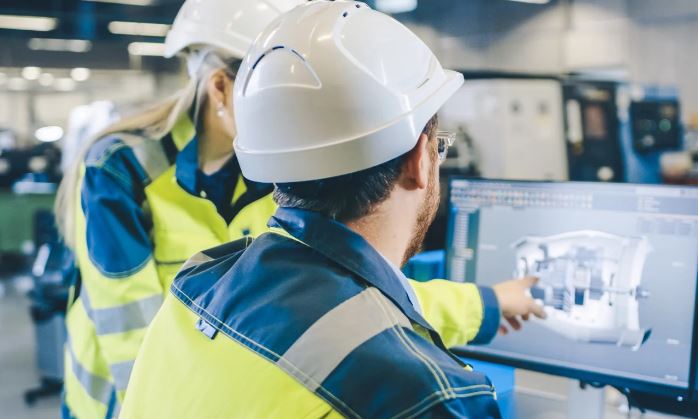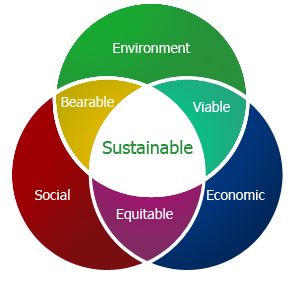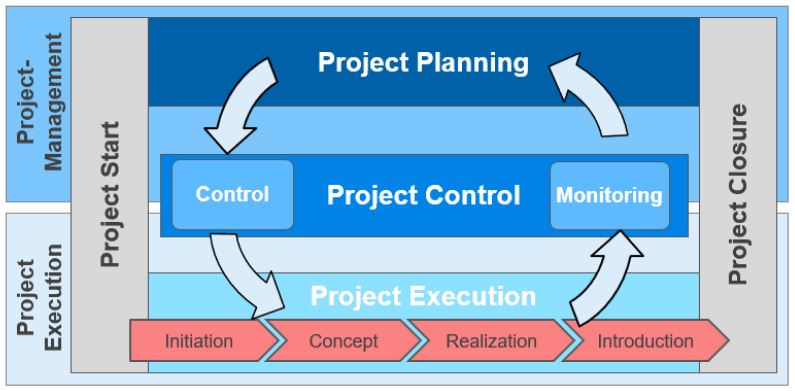BIM Construction Dissertation Topics
BIM Construction Dissertation Topics – In the ever-evolving world of construction, technological advancements have reshaped the way projects are planned, designed, and executed. Among these groundbreaking innovations, Building Information Modelling (BIM) has emerged as a game-changer, revolutionising the construction industry. This blog post delves into the world of BIM, exploring its profound impact on construction processes and highlighting the benefits it brings to various stakeholders.
When undertaking a research project or writing a dissertation on Building Information Modelling (BIM), referring to existing dissertations can provide valuable insights and numerous advantages. BIM dissertation construction topics serve as valuable references that offer unique perspectives, in-depth analyses, and practical applications related to the field. Here are some advantages of using BIM dissertations for reference purposes.
BIM construction dissertations often cover a wide range of topics within the realm of BIM, including implementation strategies, project management, collaboration, technology advancements, and more. By accessing these dissertations, researchers can explore diverse aspects of BIM and gain a comprehensive understanding of the subject matter.
Defining BIM
Building Information Modelling, or BIM, refers to a collaborative process that enables the creation and management of digital representations of physical and functional characteristics of a building project. BIM integrates diverse data into a coherent 3D model, serving as a central repository for architects, engineers, contractors, and other stakeholders to collaborate, visualise, and analyse the project comprehensively.
The Power of Collaboration
BIM fosters collaboration among project stakeholders, breaking down communication gaps and disjointed processes that lead to errors and delays. By working on a single, synchronised model, stakeholders can visualise the project’s progress, identify conflicts, and resolve issues collectively. This collaborative approach streamlines decision-making, reduces rework, and enhances project efficiency.
Enhanced Design and Visualisation
BIM brings designs to life through rich visualisations and immersive experiences. Stakeholders can explore the project from various angles, gaining a deeper understanding of the design intent. Additionally, BIM enables virtual walk-throughs and simulations, helping identify potential flaws before construction begins. This level of design detail optimises space utilisation, energy efficiency, and project aesthetics.
Improved Cost and Time Management
Efficient cost and time management are crucial for construction project success. BIM provides accurate, real-time data throughout the project lifecycle. Stakeholders can extract quantities, estimate costs, and generate material schedules directly from the model, minimising errors and reducing the risk of cost overruns. BIM enables project scheduling, allowing contractors to optimise workflows, identify clashes, and streamline construction processes, resulting in improved project delivery times and enhanced cost control.
Streamlined Facility Management: BIM facilitates effective facility management by acting as a comprehensive database for building components, systems, and maintenance requirements. Facility managers can efficiently manage assets, plan maintenance activities, and optimise energy consumption. BIM’s integration with facilities management systems ensures a smooth transition from construction to operations, leading to long-term cost savings and improved building performance.
BIM Construction Dissertation Topics Conclusion
Building Information Modelling (BIM) has transformed the construction industry, offering a holistic and collaborative approach to building projects. By embracing BIM, stakeholders benefit from improved communication, enhanced design visualisation, streamlined cost and time management, and efficient facility management. BIM will play a pivotal role in shaping the future of building projects, bringing efficiency, sustainability, and innovation to the forefront of the construction industry.
BIM dissertations topics often highlight real-world applications and practical implications of BIM in the construction industry. These case studies and examples can provide researchers with practical insights into the challenges, benefits, and best practices of implementing BIM in various projects, serving as valuable guidance for future applications.
Using BIM dissertation construction topics as reference material offers researchers numerous advantages, including comprehensive coverage of BIM topics, exposure to different research methodologies, access to a wide range of references, practical applications, and exposure to cutting-edge knowledge. By leveraging these advantages, researchers can enhance the quality and depth of their own research in the field of Building Information Modelling.
So, whether you’re embarking on a new construction project, researching the latest industry trends, or exploring career opportunities, make sure to harness the power of BIM be sure to check out our collection BIM construction dissertation. Its potential to transform the way we build, operate, and maintain structures is immense, and by embracing it, we can pave the way for a more efficient, sustainable, and collaborative future in the construction industry.
BIM Construction Dissertation Topics Links
Construction Management Dissertation Topics
Did you find any useful knowledge relating to BIM construction dissertation topics in this post? What are the key facts that grabbed your attention? Let us know in the comments. Thank you.





